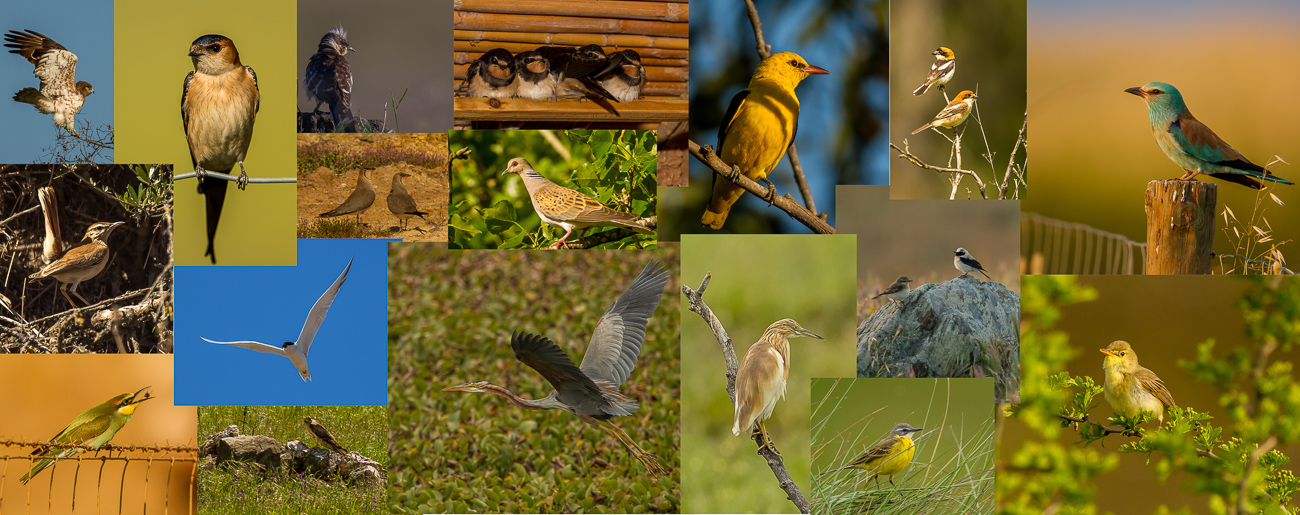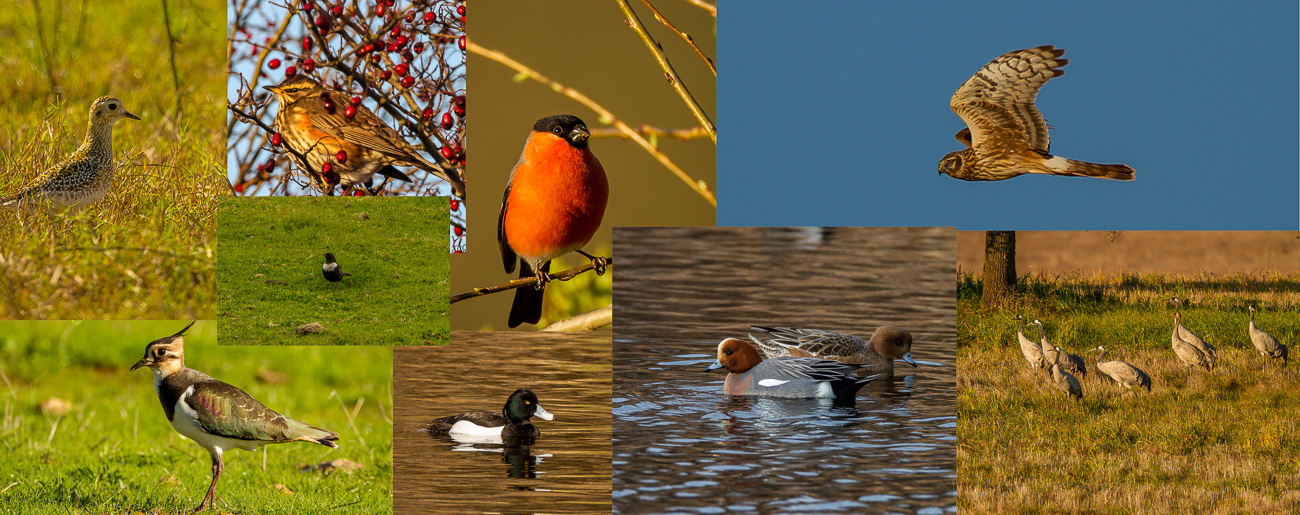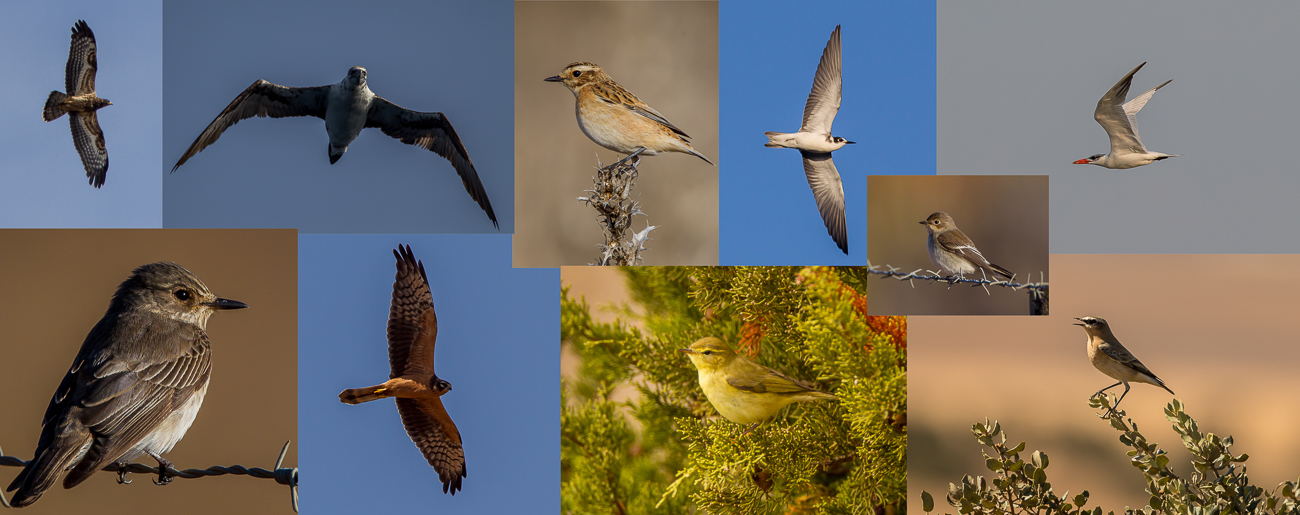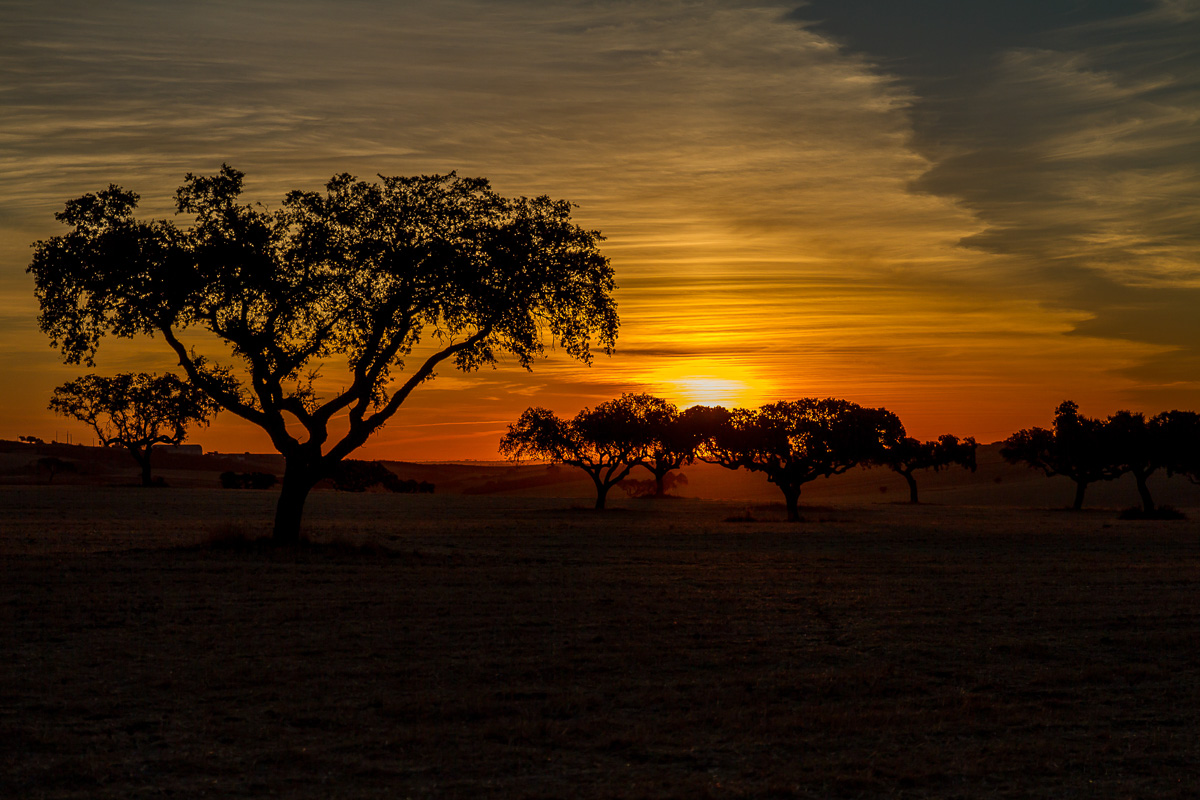How long's a ball of string?
It's a question we're often asked - and the answer depends upon what you want to see and the weather you want to have.
Let's take the birds first ... Portugal always has a wealth of species throughout the year but there is a huge difference in what is present at different times. For example, if you're interested in photographing Common Kingfishers the best time of year is probably July as there are plenty about and the juveniles, indistinguishable from the adults, seem to have no fear and readily perch within a few meters of our Water Rail and Kingfisher Hide - if you want to see the kind of shots you can get, just have a look at our shots of this iconic species here. The same goes for Golden Orioles - the best time of year is July when there are regularly 40+ in the Quinta's garden every morning which are easily seen from the Golden Oriole Hide scarcely 50 mts from your bedroom.
As a rule however, the majority of birders want to see the migration which takes place during March and April in the Spring, and September and October during the Autumn.
Though there are resident species present throughout the year, what you will see during the Winter differs markedly from what you'll see during the Summer. Total numbers also change at different periods of the year, with some birds migrating within their range and swelling the number of individuals present at different periods of the year; for example European Robins are sparsely present in the south of the country in the Spring and Summer but migrate to it during the Winter months in massive numbers.
Other species are only seen while on migration, (mainly in the Autumn), but then appear in massive numbers for a few weeks; for example Northern Wheatears,

completely absent from the vast majority of the country throughout the year, appear to be on every other fence post during late September as they feed up after their massive crossings of the North Atlantic, some even arriving straight from Canada. This is one of the most over-looked but spectacular migrations of any species on the planet.
The Taxanomic Gallery on this website has a short description of most individual species habits and distribution at different times of the year, and whether it's Resident or a Winter or Summer visitor, but here're three small collages of some species present at different times throughout the year.
Firstly some residents ...

Some Summer visitors ...

A few Winter ones ...
And a few that are more likely to be seen during the Autumn Migration. 
Next, the weather ... what can we say about this nowadays? In essence our weather patterns can be said to resemble those of California or "southern England with a two month skew", i.e. we miss out on the worst two months of the British winter, approximating to January and February, and have two months of warm and dry weather that Britain never experiences.
Spring is a very special period in Portugal, starting in February and continuing through to the end of May, and the wild flowers at this time, especially in the Alentejo, are one of nature's marvels and a little-known jewel in the European crown; however, one can never be sure of the weather at this time of year and it can rain occasionally - and when it does, it's beautiful!
Following the Spring, with no Gulf Stream bringing wet weather from the sea, it is rare to have any rain at all in southern Portugal during the months of June, July, August and the majority of September, and during those months the temperature can become fairly warm away from the coast. In the north one is far more likely to have a more temperate atmosphere during the Summer, but it can rain cats and dogs and be bitterly cold during the Winter.
On the other hand, Winter Birding can be very productive, especially from the photographic point of view in the southern half of the country, as there is less of a problem with heat haze, any dampness there may be in the air also settling dust, and bright, sunny days with few leaves on the trees giving one an opportunity to see species that can be otherwise troublesome.
So, now that we've said all the above, are you any the wiser or still left wondering? I thought so! I can almost hear you asking, "Yes, OK, but when would YOU recommend?" and the quick answer is that there're three periods when a birding trip here is guaranteed to ring anyone's bell.
Firstly there's the winter, stretching from December through to mid February. This time of year can be wonderful and the clear light, bright vegetation and relative absence of other tourists give amazing photo opportunities.
Next there's the Spring, (anytime between mid February and late May), when all species are in their best plumage and striving to be seen.
Lastly the Autumn Migration, (during September and October), which is a period that's largely overlooked but that is incredibly productive and one of our favourites. The birding near Sagres during those two months is spectacular and it's truly a sight to remember to have over 200 Eagles in the air above your head as you linger over a leisurely café breakfast. It's not only the Eagles either, but Honey Buzzards, Egyptian Vultures, Wrynecks and all kinds of other great species.
So, the answer to the original question? Anytime of course!

